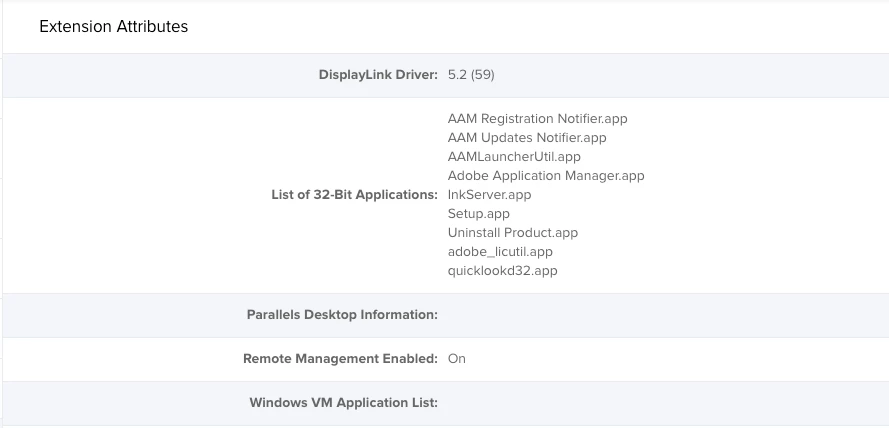Hi,
We have to get the Parallels Desktop Virtual machines Operating Systems details.
We can see VmInfo.pvi in .pvm has the details like RealOsType, RealOsVersion and RealOsDetails, but the files is not a plist to query those details in Extension Attribute.
Is there any other plist file to check the VM OS Version or does anyone using extension attribute to query this data?
Thanks,
Karthikeyan








